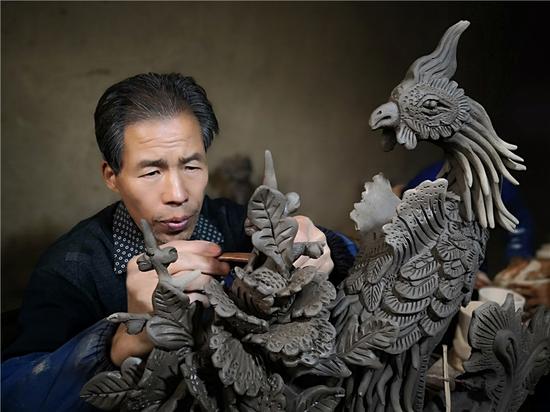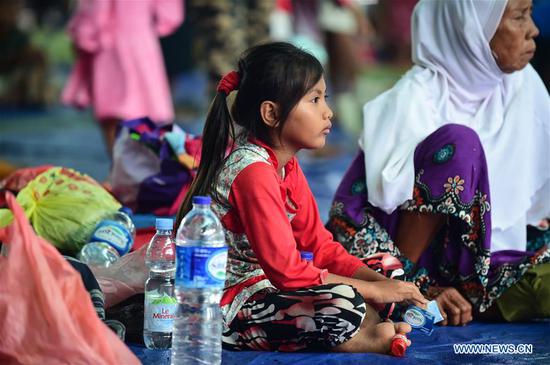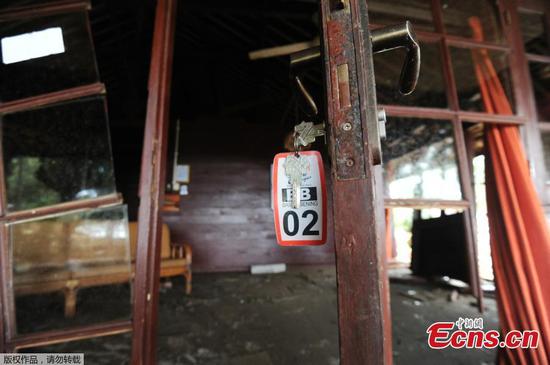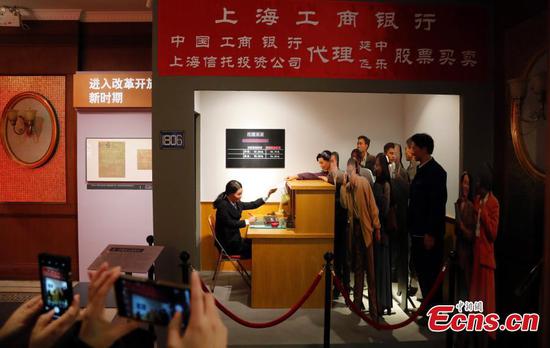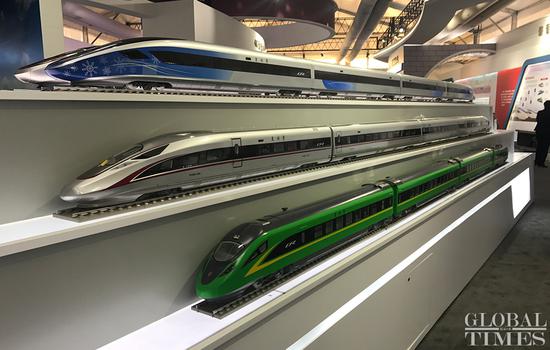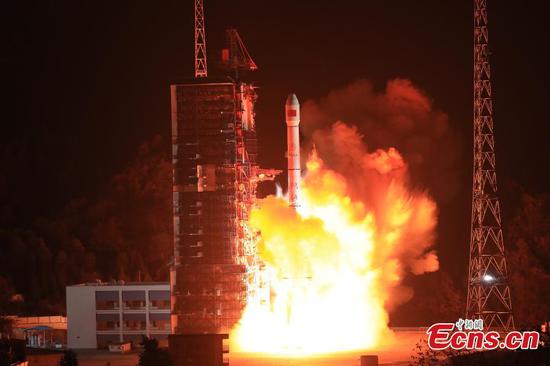Policy could offset pressure of falling foreign exchange reserves, experts say
China may cut the reserve requirement ratio in 2019 to ensure reasonably ample liquidity and stable economic growth, analysts suggested.
"In the near future, it is necessary to cut the ratio to achieve proper growth in money supply," said Yang Weiyong, an associate professor of economics at the University of International Business and Economics.
The ratio dictates how much of a bank's total deposits should be kept in the vault rather than lent out or invested elsewhere.
Cuts in the ratio could offset the pressure of falling foreign exchange reserves on the growth of money supply, which should maintain a proper speed, Yang said.
The country's foreign exchange reserves fell to slightly above $3 trillion this year after peaking at nearly $4 trillion in 2014, according to the State Administration of Foreign Exchange.
"There is still plenty of room to cut the RRR," Yang added. The ratio for large banks has dropped to 14.5 percent this year-still much higher than the 8 percent level seen in 2006, Yang said.
The tone-setting Central Economic Work Conference announced that China will maintain a "prudent" monetary policy, "neither too tight nor too loose", while maintaining liquidity at a "reasonably ample level" in 2019, according to a statement after the conference.
Based on the statement, the financial research arm of the Bank of Communications estimated the People's Bank of China, the central bank, may cut the ratio two or three times next year, but is unlikely to cut interest rates.
"Unless facing serious negative shocks, China is unlikely to see broad stimulus measures to expand credit," it said.
Tang Yao, an associate professor at Peking University's Guanghua School of Management, said more work must be done to convert reasonably ample liquidity into credit growth.
"Liquidity conditions have improved in the past half year, with a notable decrease in interest rates in interbank lending markets. Financing difficulties, however, are still plaguing some private enterprises, especially small businesses," Tang said.
To solve the problem, the central bank has rolled out targeted ratio cuts and "targeted medium-term lending facilities"-recent moves aimed at reducing banks' costs of lending to the private sector and small businesses.
The conference also pledged a further smoothing out of monetary policy transmission mechanisms, and more accessible and affordable financing for the private sector and small businesses.
Liang Si, a researcher at the Bank of China's Institute of International Finance, said macroeconomic polices should work together to enhance financial institutions' willingness to grant private enterprises credit.
Tax and fee reductions should be put into place, thus helping improve private enterprises' profitability and reducing risks faced by banks when lending to them, Liang told the Economic Information Daily.
The National Development and Reform Commission announced last month a slew of measures to make bond markets more supportive of private enterprises.
UIBE's Yang said the fundamental approach to smoothing out transmission mechanisms is to further promote interest rate liberalization, which means relying more on the market to allocate financing resources.
"This will match up riskier loans with higher interest rates, and enhance efficiency of both the private and State-owned sectors," Yang said.












